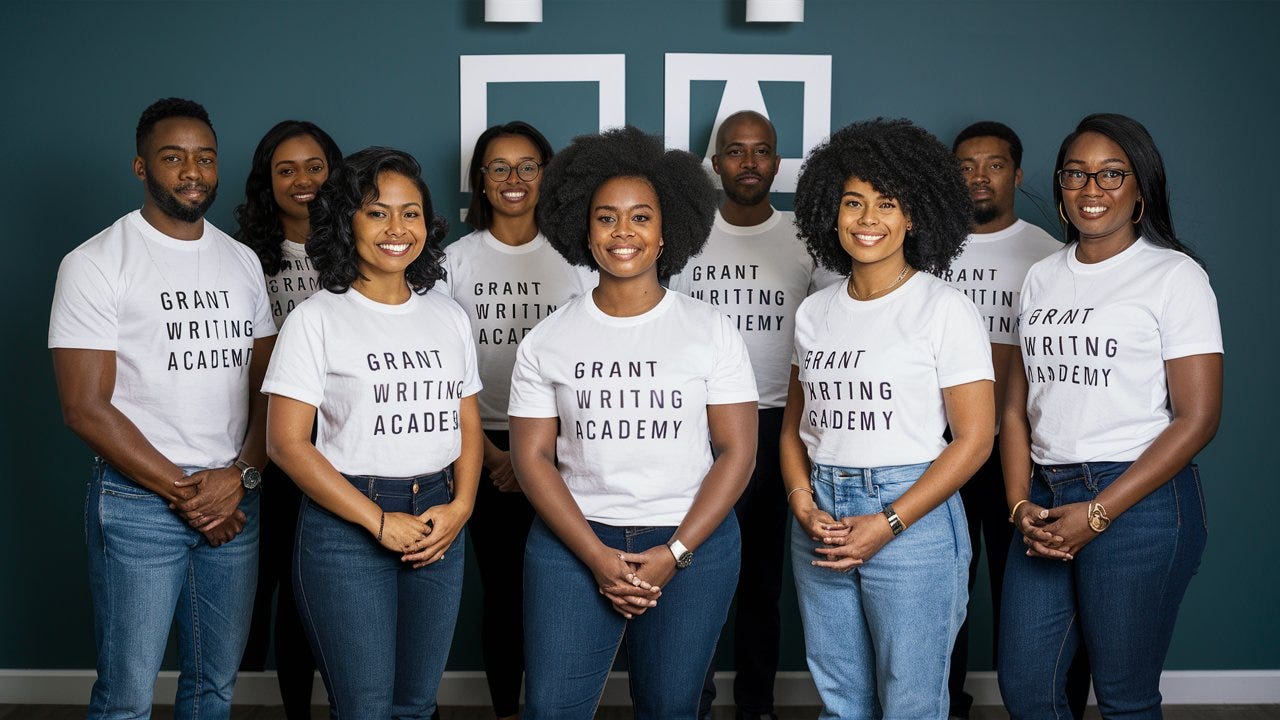Imagine a world where every child holds a book, their eyes wide with wonder as they journey through pages filled with adventure, knowledge, and the promise of a brighter future. But what if the books never made it into their hands? What if the magic of reading remained just out of reach?
This is where you come in, the unsung hero who bridges the gap between possibility and reality. By writing grants for literacy programs, you’re not just funding books—you’re fueling dreams, nurturing minds, and building futures.
So, let’s embark on this journey together, where every word you write has the power to change a life.


